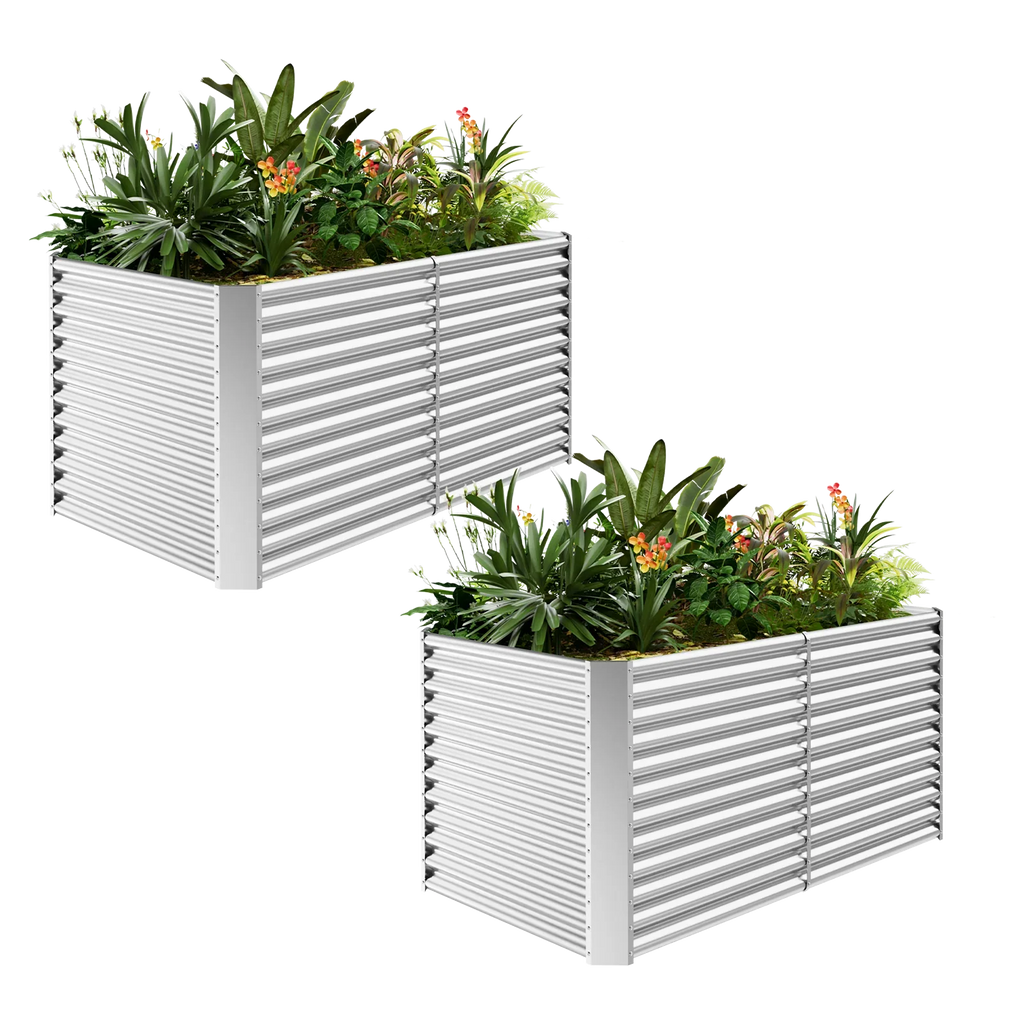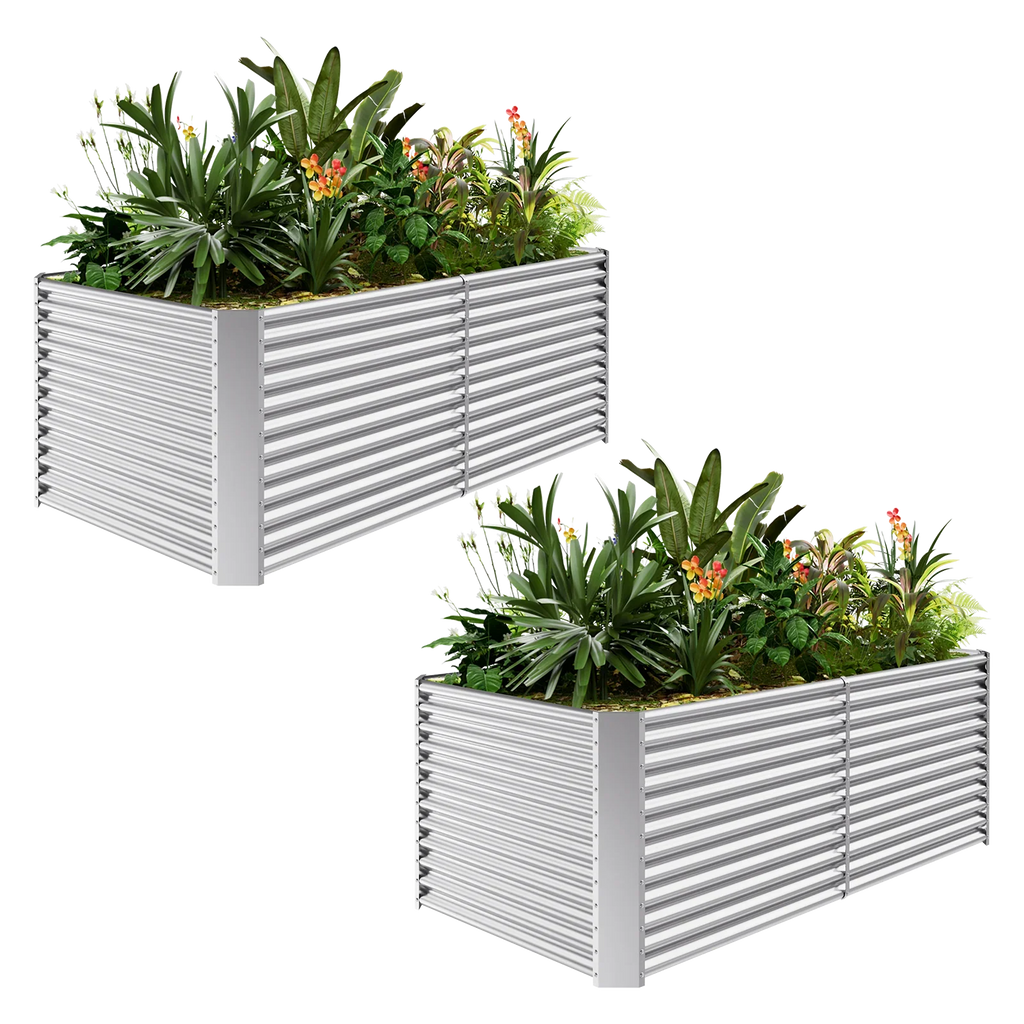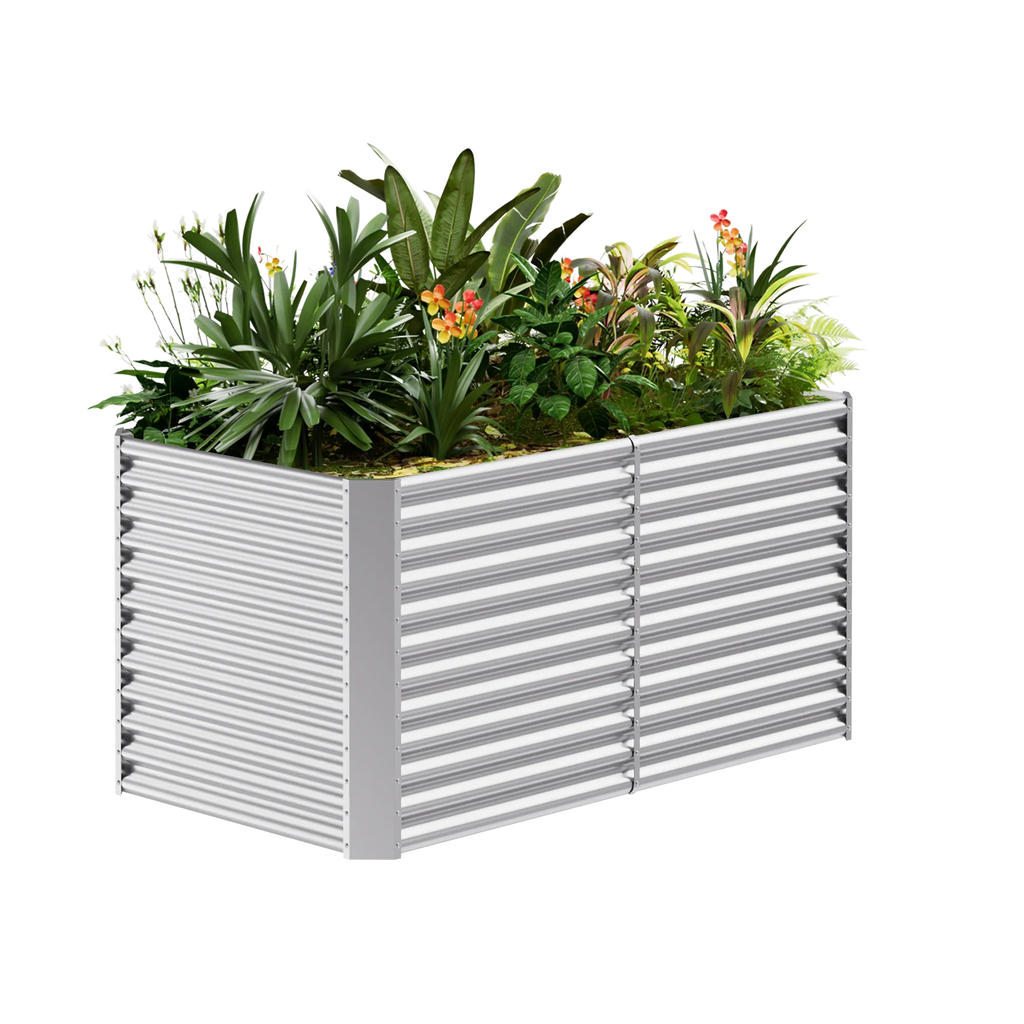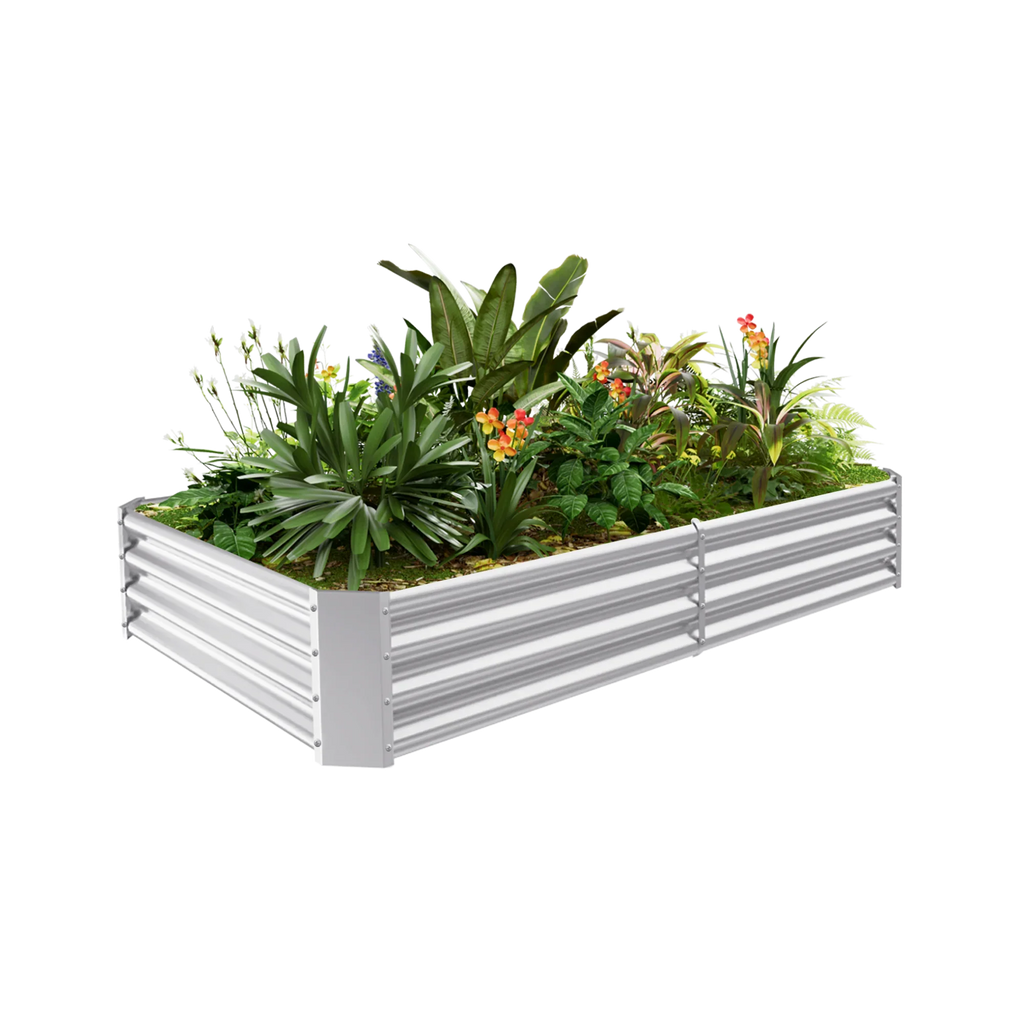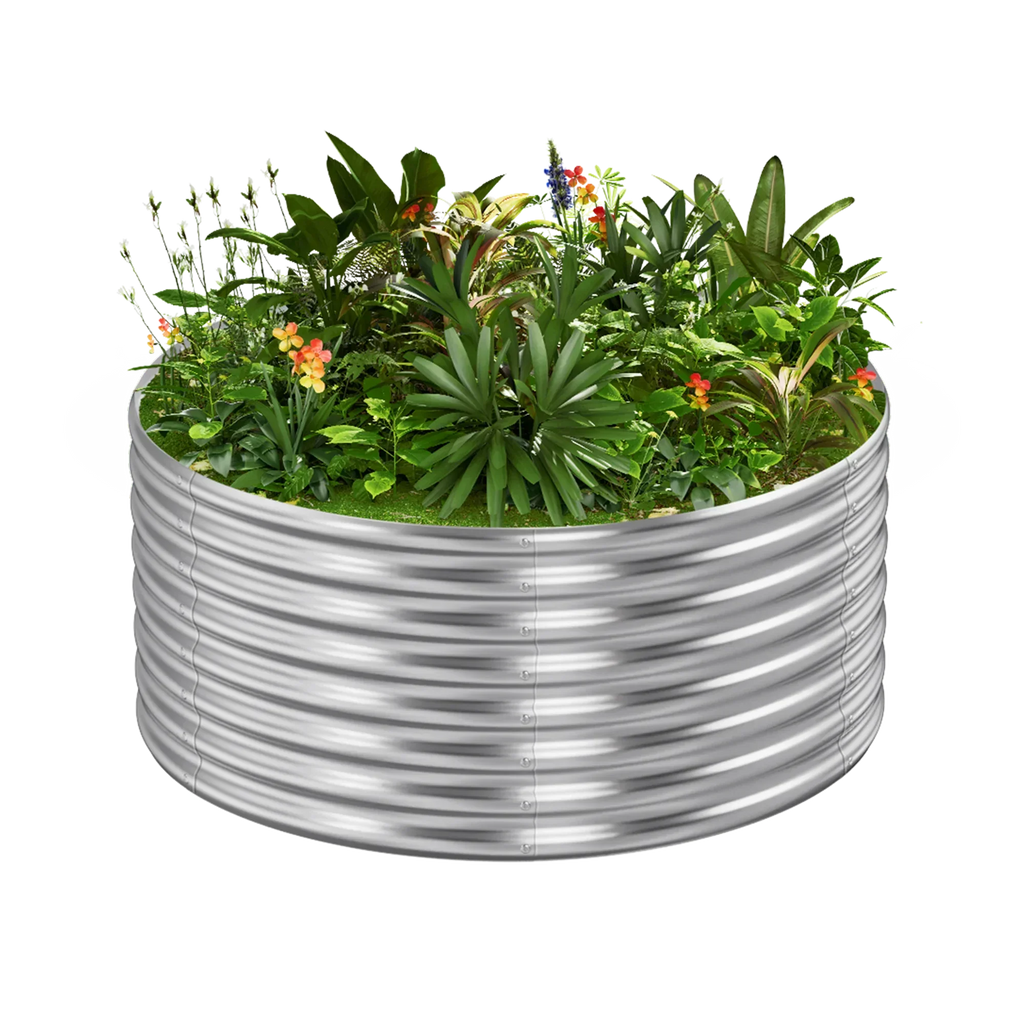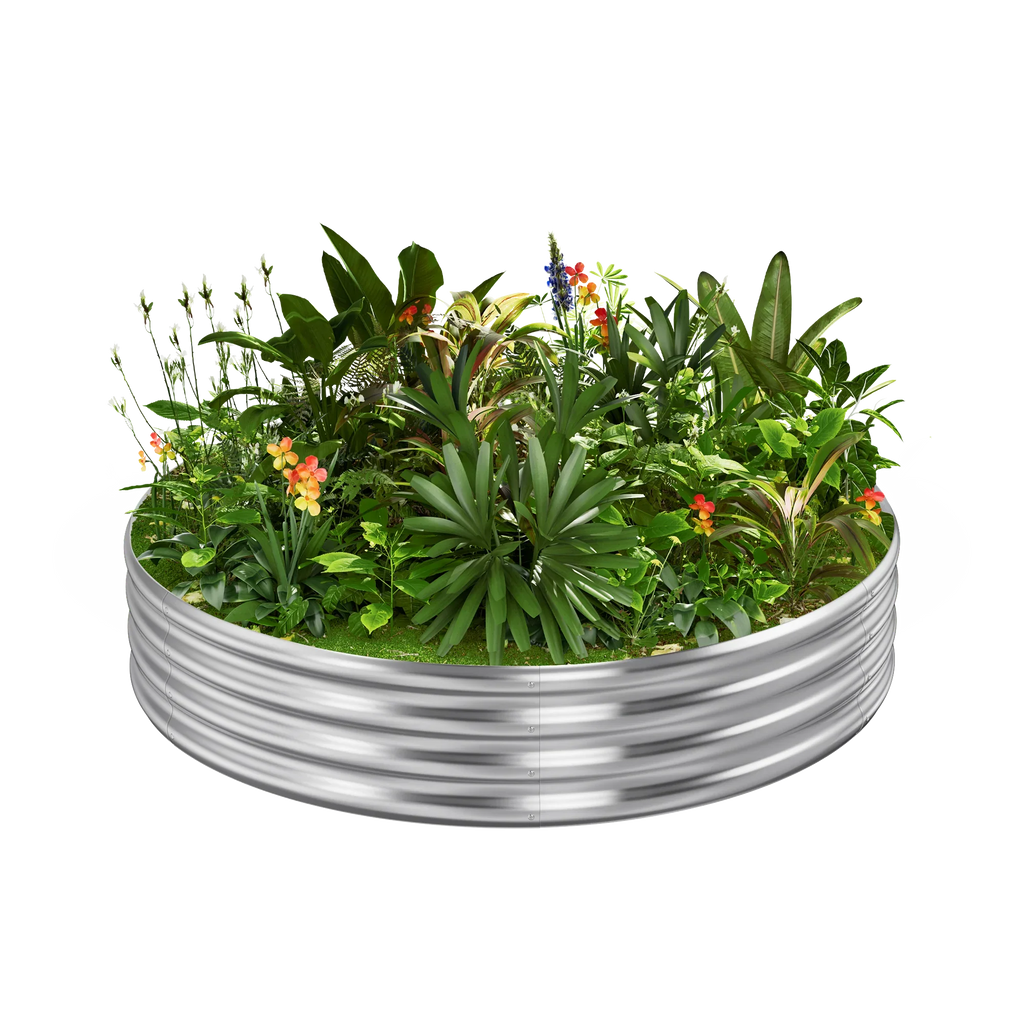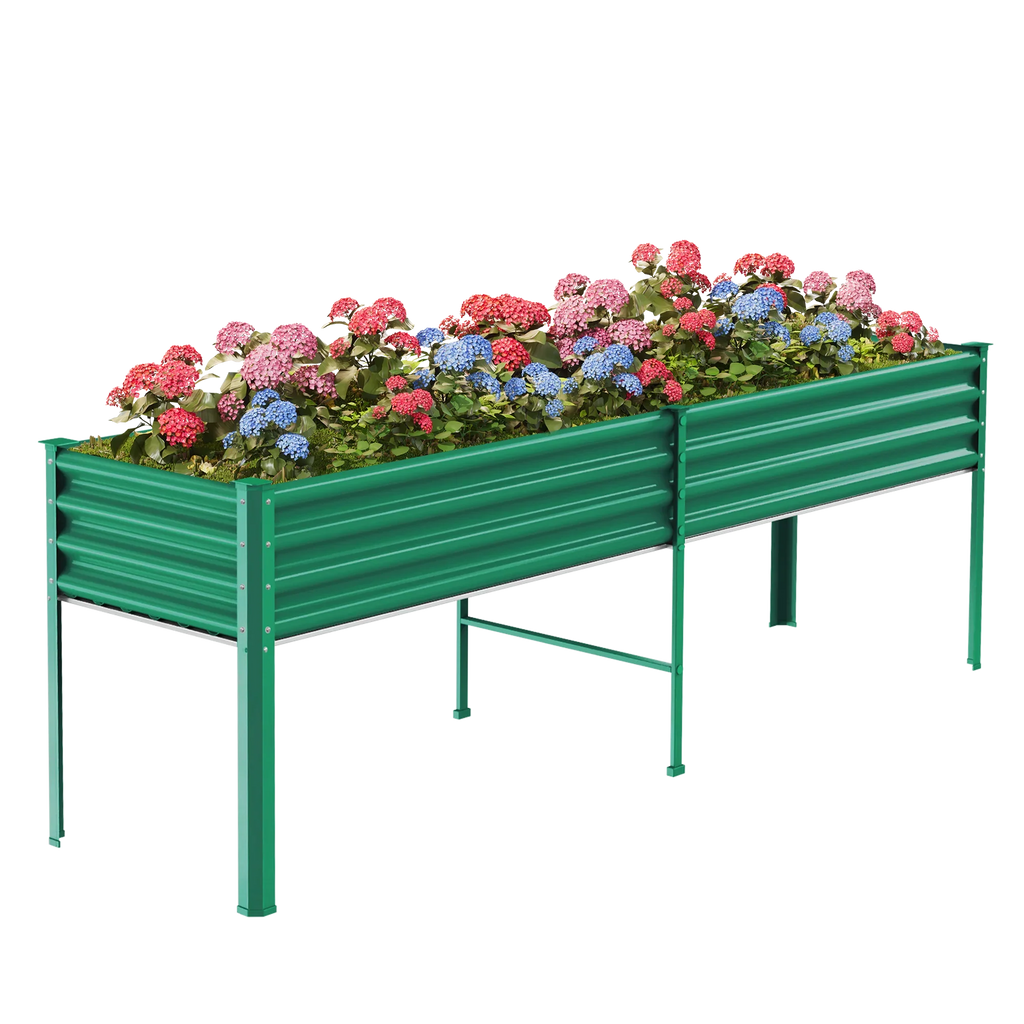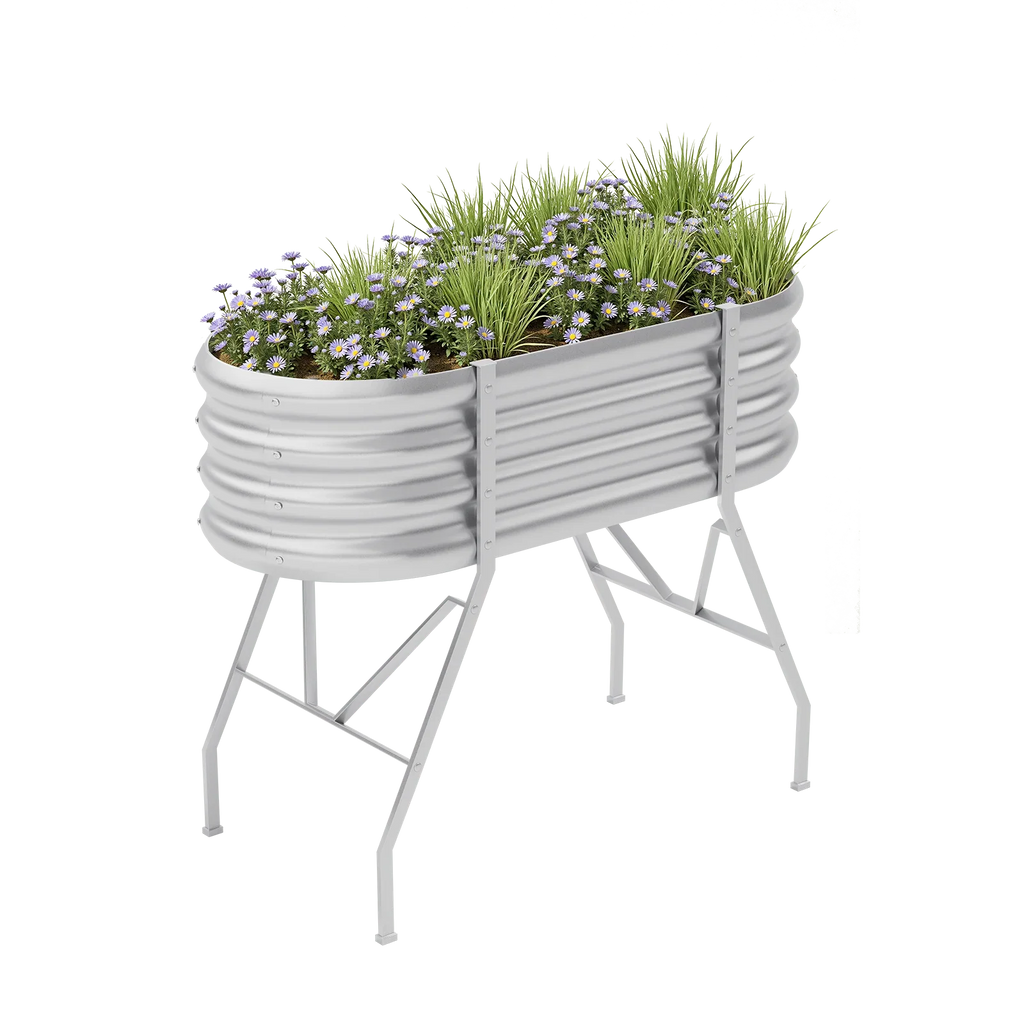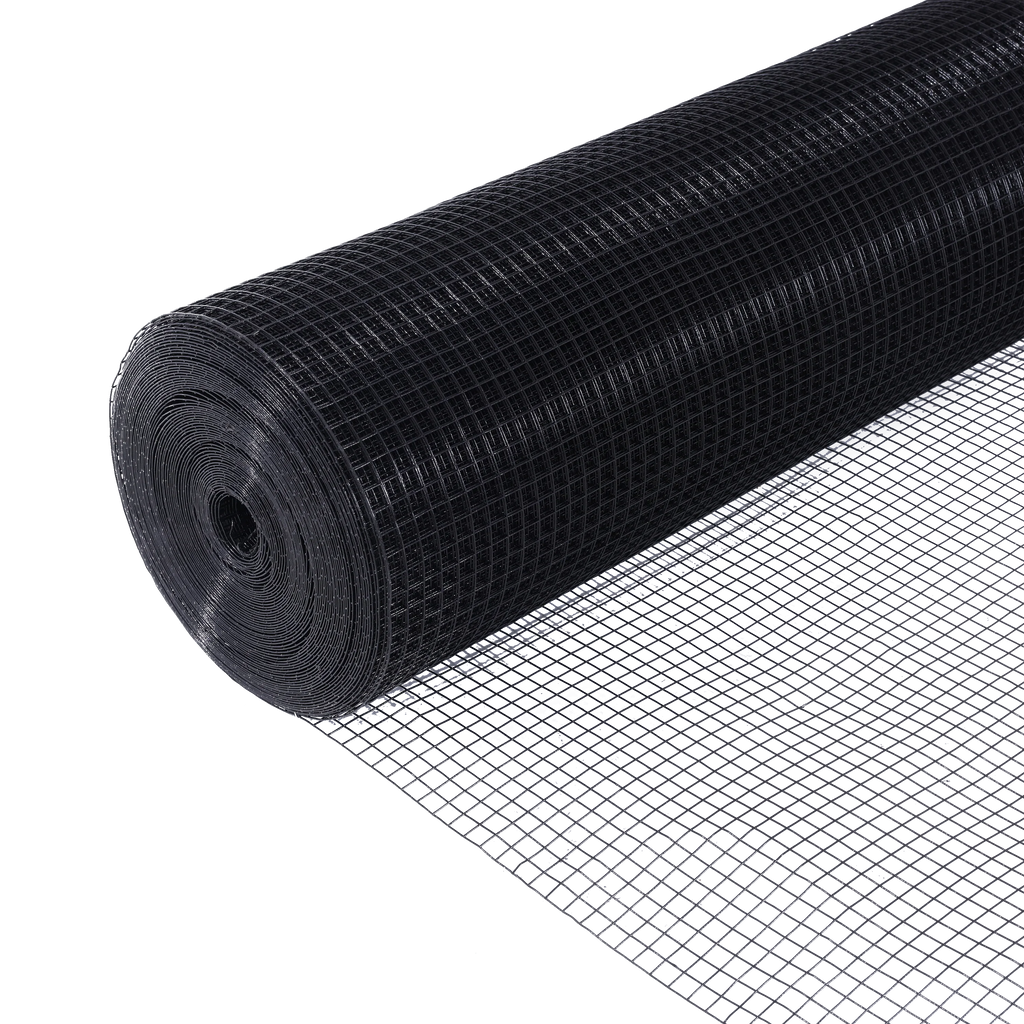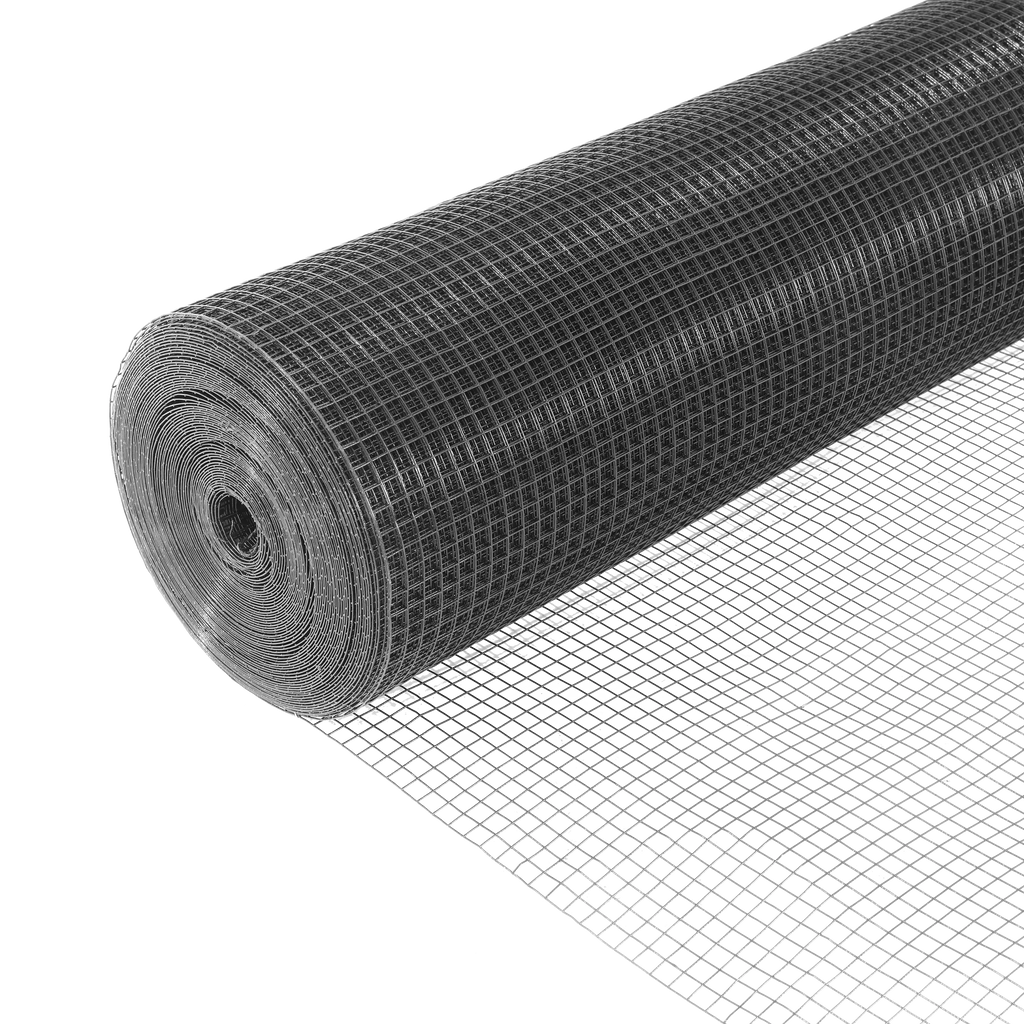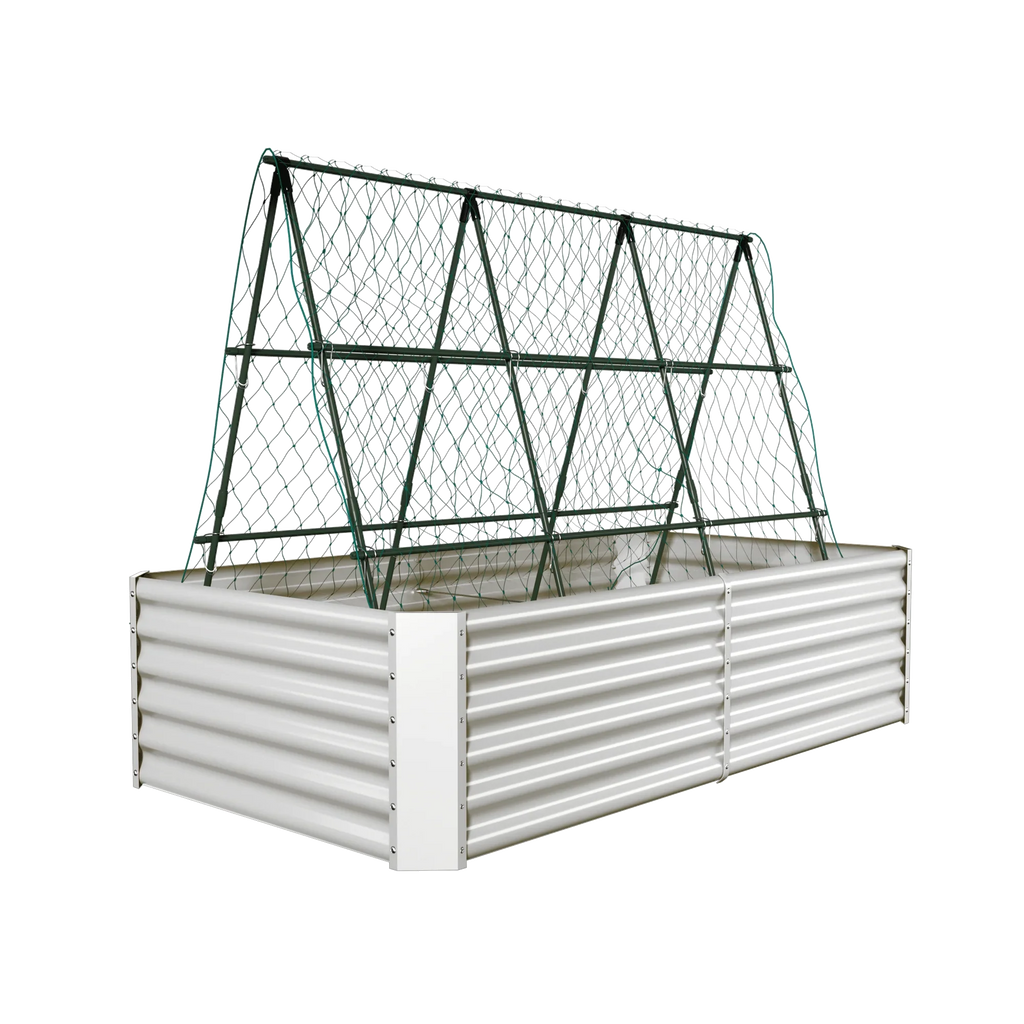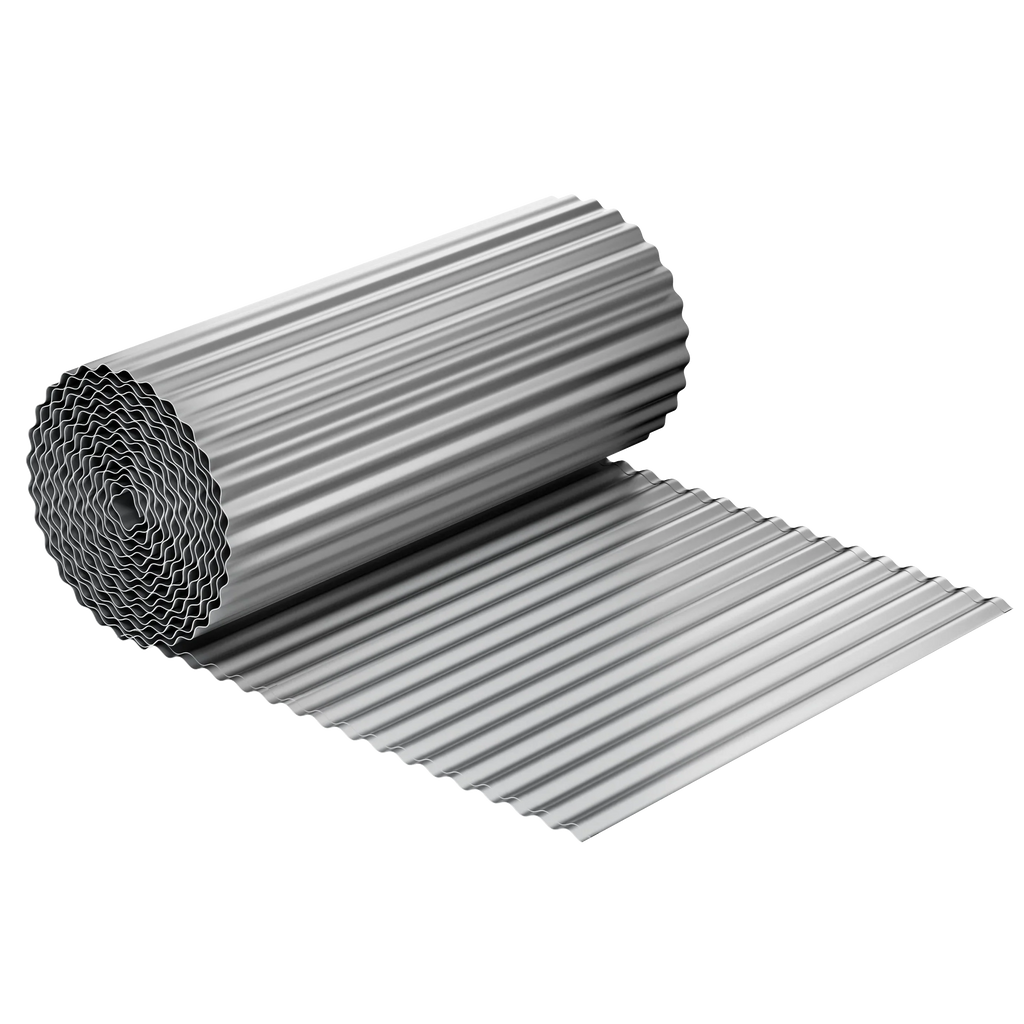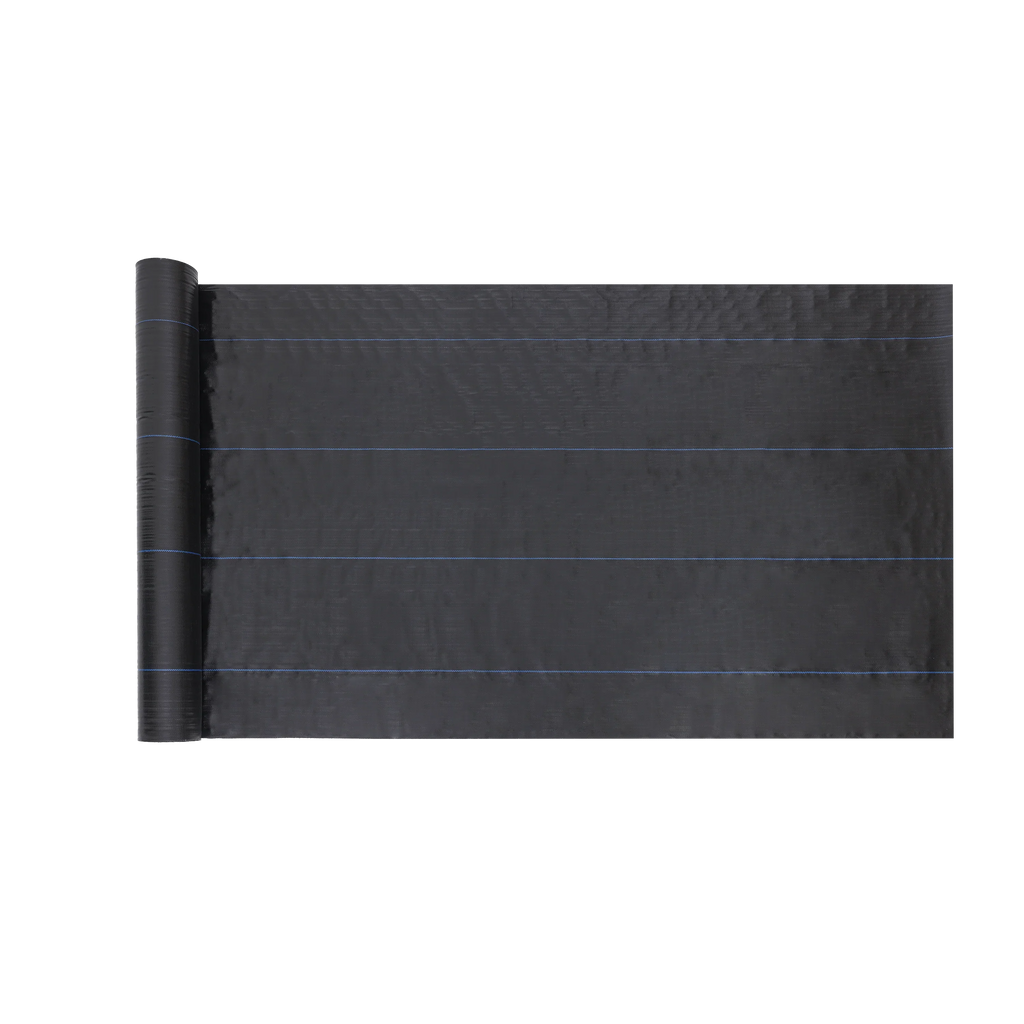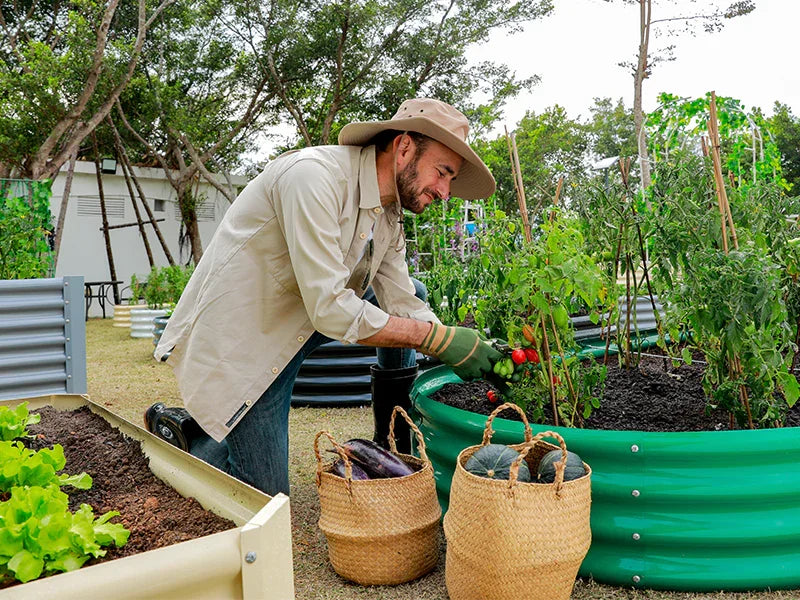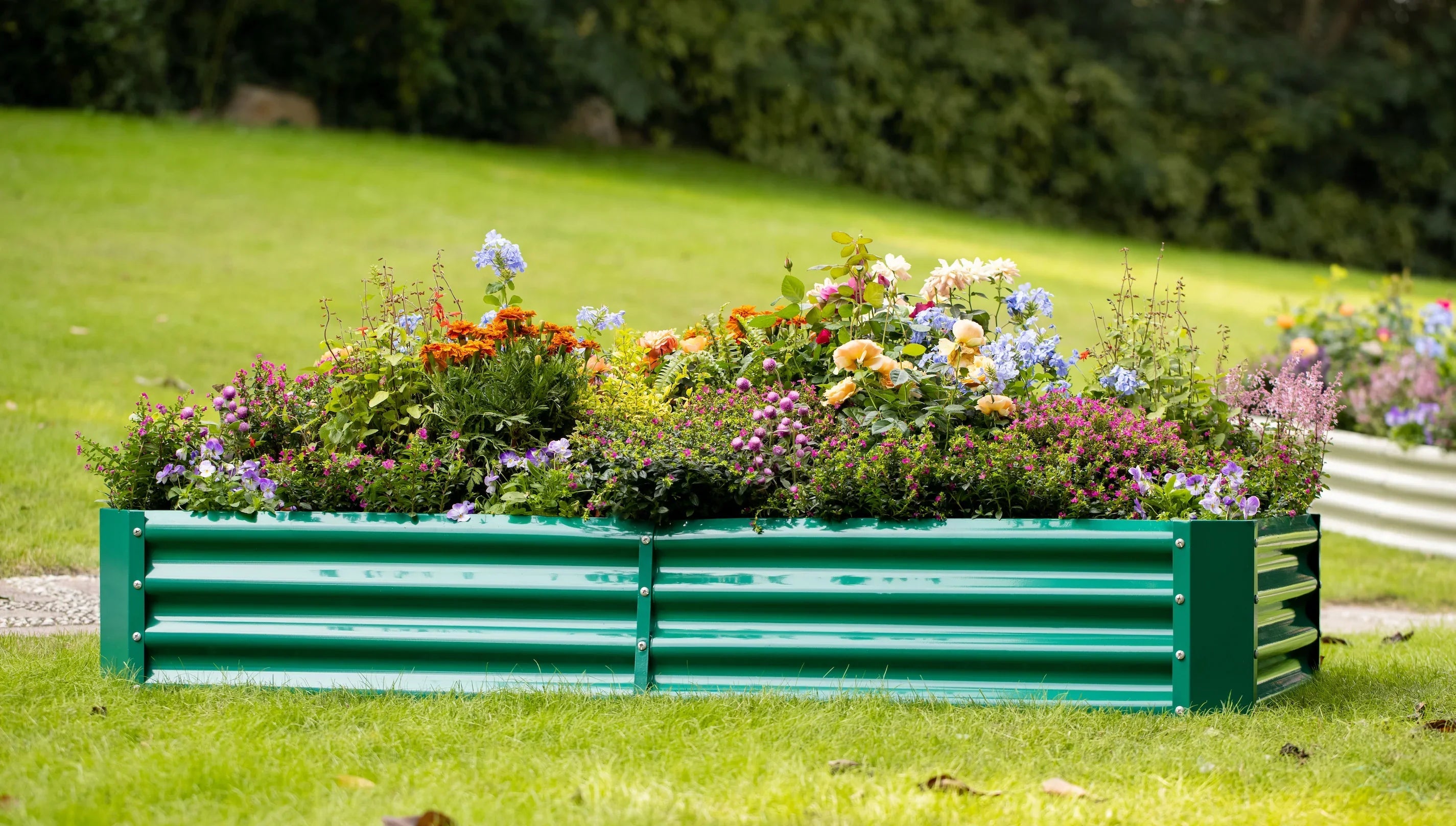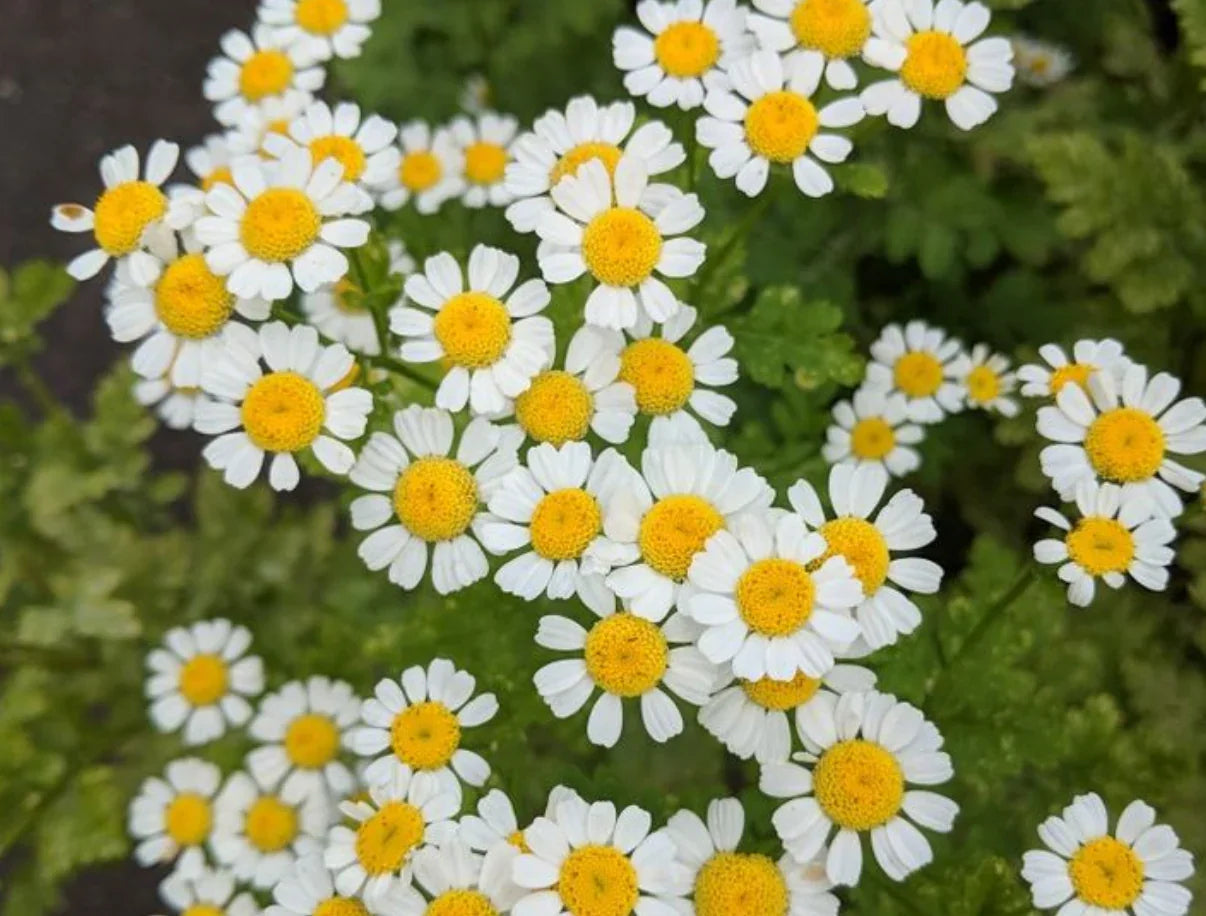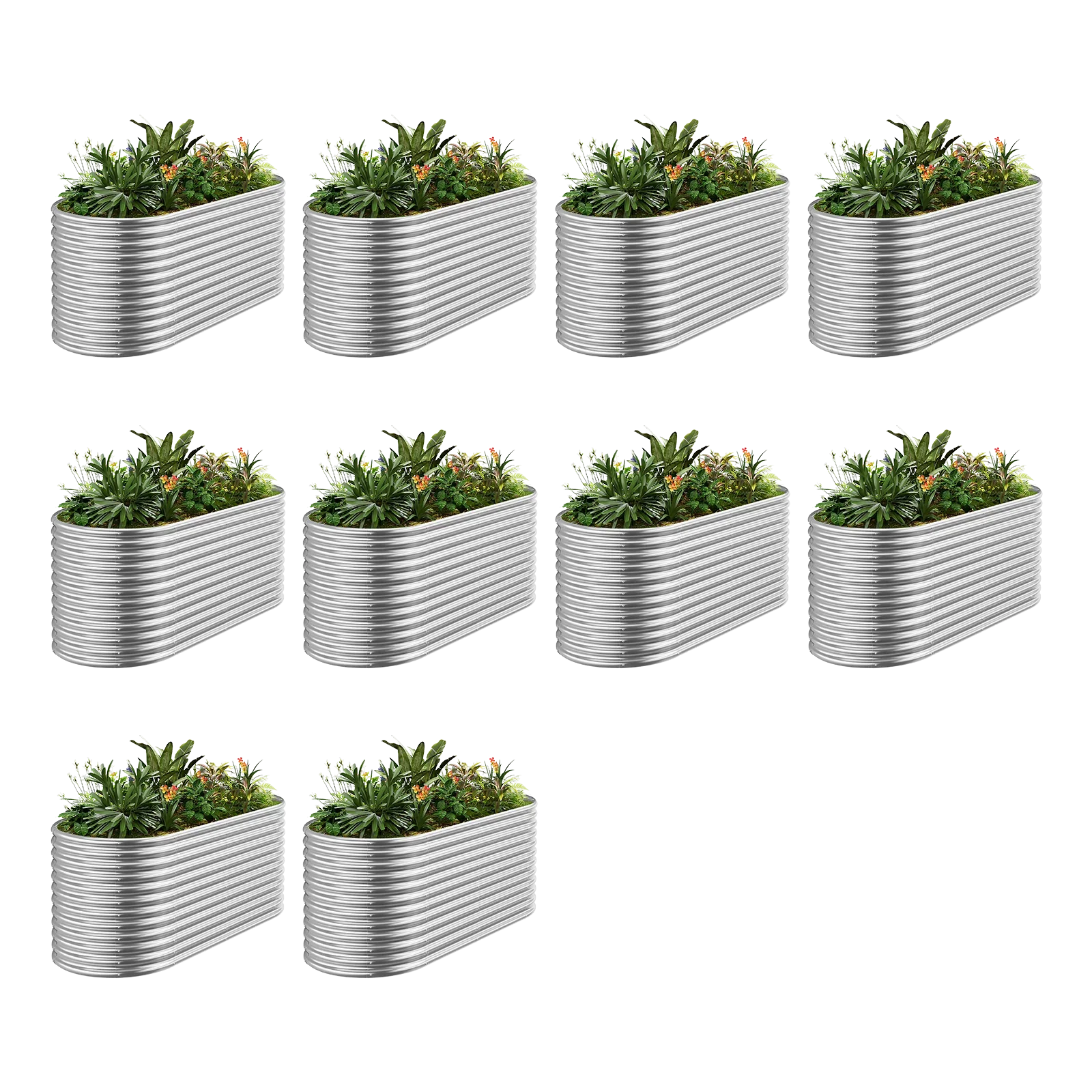Raised garden beds are a fantastic way to grow your own food or flowers, offering better soil control, improved drainage, and easier maintenance. But one of the first questions new gardeners face is: what size raised garden bed should I choose? The right size depends on your space, the plants you want to grow, and your physical needs. With options like those from Landguard Garden—ranging from compact 3x3-foot round beds to spacious 6x3-foot rectangular ones—there’s a perfect fit for every gardener. This guide will walk you through the key factors to consider so you can pick the ideal raised garden bed size for your needs.
Why Size Matters for Raised Garden Beds
The size of your raised garden bed affects everything from how many plants you can grow to how easy it is to maintain. A bed that’s too big might overwhelm you or be hard to reach across, while one that’s too small could limit your crop variety. Getting it right means balancing your space, budget, and gardening goals. Whether you’re eyeing a small round bed or a tall rectangular one, understanding your options is key.
Factors to Consider When Choosing a Size
1. Available Space
Start by measuring the area where you’ll place your garden bed. Make sure there’s enough room for the bed itself plus space to walk around it for planting, weeding, and harvesting. If you’ve got a small patio or balcony, a compact option like Landguard’s 3x3-foot round bed (1 foot high) is ideal. For larger backyards, a 6x3-foot rectangular bed offers more growing space without taking over the whole yard.
Tip: Leave at least 18-24 inches around the bed for easy access.
2. Types of Plants
Different plants have different space and depth needs. Shallow-rooted crops like lettuce, spinach, or herbs thrive in beds as low as 6 inches deep. Root vegetables like carrots or potatoes need at least 12 inches of soil, while sprawling plants like pumpkins or watermelons require more horizontal space. Check the root depth and spread of your chosen plants to pick a bed that suits them. For example, Landguard’s 6x3x3-foot bed is great for deep-rooted crops due to its height.
Quick Guide:
· 6 inches: Lettuce, herbs, radishes
· 12 inches: Carrots, tomatoes, peppers
· 18+ inches: Potatoes, deep-rooted perennials
3. Accessibility and Comfort
The width of your bed is crucial for comfort. A width of 3-4 feet is ideal because it lets you reach the middle from either side without straining. If you can only access one side (say, against a fence), keep it under 2 feet wide. Length is more flexible—4 to 12 feet works well, depending on your space. Height matters too: 6-12 inches is fine for most plants, but taller beds (18 inches or more, like Landguard’s 6x3x3-foot option) are easier on your back and great for gardeners with mobility issues.
Pro Tip: If bending is tough, go for a 2-3-foot-high bed to make gardening more comfortable.
4. Aesthetics
Think about how the bed will look in your garden. A square 4x4-foot bed feels classic and fits neatly in small spaces, while a long, narrow 6x3-foot bed adds a modern vibe. Landguard’s hexagonal or oval-shaped beds (like their 4.5x4.5-foot, 2-foot-high model) can add a decorative touch to ornamental gardens. Choose a shape and size that complements your outdoor space.
5. Budget
Bigger beds need more materials and soil, which can add up. A small 4x4x1-foot bed is budget-friendly and perfect for beginners, while larger or taller beds, like a 6x3x3-foot model, cost more to build and fill. If you’re just starting out, go small and expand later as you get the hang of it.
Popular Raised Garden Bed Sizes from Landguard Garden
Landguard Garden offers a range of sizes and shapes to suit different needs. Here are some of their options and what they’re best for:
|
Shape |
Size (Feet) |
Height (Feet) |
Best For |
|
Round |
3x3 (Diameter) |
1 |
Small spaces, balconies |
|
Round |
4x4 (Diameter) |
1 |
Small gardens, mixed plants |
|
Rectangular |
6x3 |
2 |
Medium gardens, diverse crops |
|
Rectangular/Oval |
6x3 |
3 |
Large gardens, deep roots |
|
Hexagonal |
4.5x4.5 (Side 2.2) |
2 |
Decorative, ornamental plants |
Pros and Cons of Common Sizes
Small Beds (e.g., 3x3 or 4x4 Feet)
Pros: Easy to manage, fits small spaces, lower cost for materials and soil.
Cons: Limited planting space, not ideal for large or deep-rooted plants.
Medium Beds (e.g., 4x8 Feet)
Pros: Good balance of space and manageability, great for crop rotation or companion planting.
Cons: Higher cost than small beds, may still be too small for big gardens.
Large Beds (e.g., 6x3 Feet)
Pros: Plenty of room for diverse plants, ideal for larger gardens or sprawling crops.
Cons: Harder to reach the center if too wide, more expensive to build and fill.
Tall Beds (18 Inches or Higher)
Pros: Easier on your back, great for deep-rooted plants, acts as a barrier against pests.
Cons: Requires more soil and materials, may need reinforcement for stability.
Recommendations for Different Scenarios
· Beginners: Start with a 4x4x1-foot bed. It’s easy to manage and lets you grow a variety of plants without feeling overwhelming.
· Small Spaces: Go for a 3x3-foot round bed or a narrow rectangular one for balconies or tiny yards.
· Specific Plants: Choose 12+ inches deep for root crops; opt for wider beds (6x3 feet) for sprawling plants like squash.
· Accessibility Needs: Pick a 2-3-foot-high bed, like Landguard’s 6x3x3-foot model, for less bending or wheelchair access.
Conclusion
Choosing the right raised garden bed size is all about matching your space, plants, and personal needs. Whether you’re working with a cozy balcony or a big backyard, options like those from Landguard Garden make it easy to find the perfect fit. Consider your available space, the crops you want to grow, and how much maintenance you’re up for. With the right size, you’ll be on your way to a thriving, hassle-free garden in no time. Pick your bed, grab some soil, and start planting!

